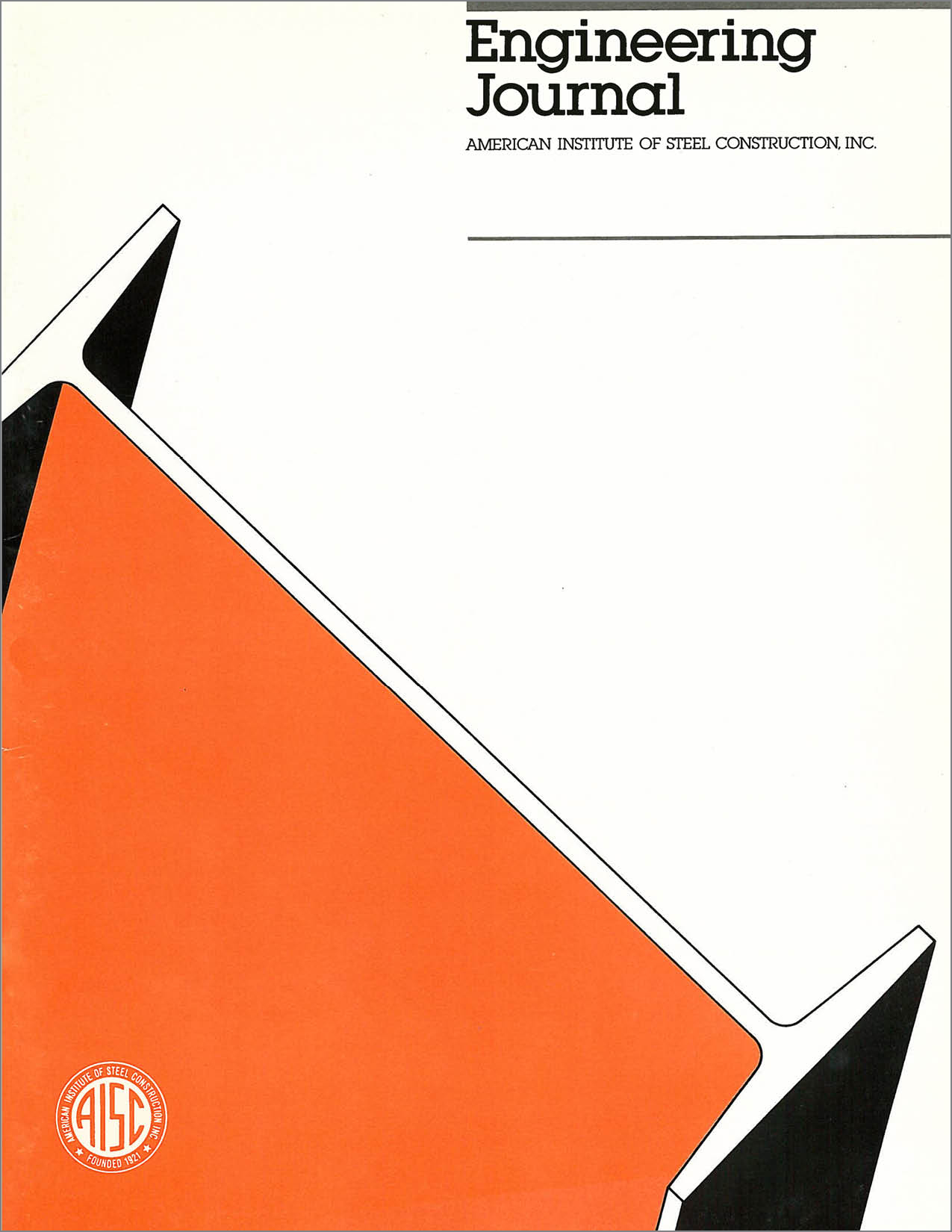High-Strength Bolts for Bridges
DOI:
https://doi.org/10.62913/engj.v29i1.585Abstract
The use of substandard and mismatched bolts continues to be a major concern to bridge owners in the United States. Based on FHWA-sponsored research at the University of Texas, supplemental specifications were developed and issued modifying fastener manufacturing, testing, and installation procedures. Nearly all bridge bolts are designed for dynamic loading. They are designed to resist either tension forces and/or shear forces. Fatigue concerns govern bolts designed for cyclic tension forces. Cyclic shear forces require slip critical connections. Both loading conditions require bolts to be installed to a minimum preload. The FHWA recommendations were developed in order to assure the ability of bolts to achieve this preload. Minimum nut strength is increased, maximum bolt strength is reduced, thread fit tolerance is reduced, additional rotational-capacity testing is required, and additional testing, documentation, handling and shipping requirements are imposed. The rationale for these new FHWA provisions are discussed. Finally, slip critical joints depend upon friction between faying surfaces to develop strength. Values of slip resistance or coefficient of friction for various paints and coatings must be determined by testing. Bolt design parameters depend upon minimum values of tested coatings.

